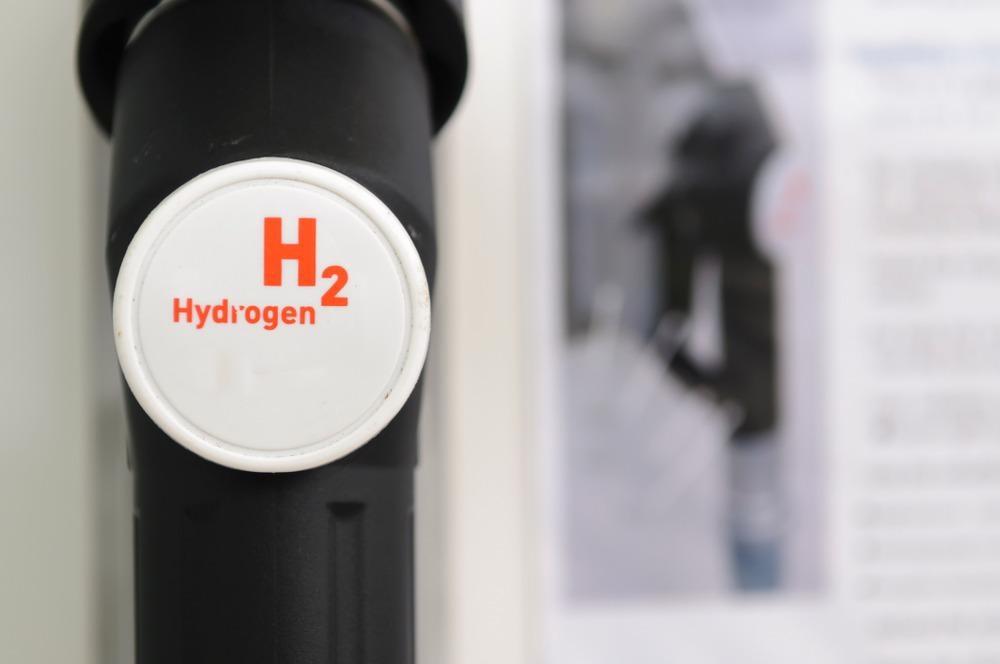As the world ends its reliance on fossil fuels, alternative energy sources are being explored. Hydrogen is one of the most attractive alternative fuels on the market due to its sustainability and eco-friendliness. Now, a research paper published in Applied Surface Science is exploring efficient storage solutions for this green fuel.

Study: Two-Dimensional Lithium Fluoride (LiF) as an Efficient Hydrogen Storage Material. Image Credit: Stephen Barnes
The Problem with Fuel
Our dependency on natural resources is leading to a future energy crisis, as these resources are finite. Whilst there is some debate over how much exploitable fossil fuel is in the ground, it is generally agreed that we will start to run out of oil and gas reserves within the next century. Additionally, the burning of fossil fuels by industry and the transportation sector causes harmful greenhouse gas emissions.
One of the biggest sectors responsible for fossil fuel exploitation is the transportation industry. Cars, vans, and other vehicles use refined gasoline and diesel in internal combustion engines to provide power. Current international climate targets have set a date of net zero by 2050, meaning that the production of new internal combustion vehicles will have to be phased out before then.
Moving Toward an Alternative
Due to the increasingly extreme weather events plaguing the world currently as the planet warms and a potential future energy crisis, the need for alternative, sustainable fuels is pressing. Hybrid vehicles have been explored, along with completely electric vehicles, but fossil fuels used in battery production are a limitation. Additionally, there is limited infrastructure currently to support the charging of electric vehicles and driver’s range anxiety.
Due to these limitations, fuel cell vehicles are widely seen as a viable alternative. These vehicles utilize hydrogen gas, an abundant, renewable energy resource. A report by Demirel et al. has stated that hydrogen has the highest energy density by weight of all common fuels, over threefold higher than conventional gasoline.
However, there are a few disadvantages for hydrogen fuel, not the least of which is its tendency to explode when exposed to heat, electric charge, and contact with the air.
Creating Better Fuel Cells
Because of the tendency of hydrogen gas to explode, fuel cells need to be designed with this in mind. They need to be reliable, compact, durable, lightweight, and inexpensive. Additionally, they must be able to hold enough hydrogen fuel for the vehicle’s journey. The US Department of Energy has defined criteria for hydrogen fuel cell vehicles such as capacity, storage loss, and refueling times.
To meet these criteria, several materials have been explored due to their storage capacities. These include lightweight carbon, boron, and nitrogen-family materials. Adsorption materials have also been explored to increase hydrogen binding properties for storage in proposed fuel cells.
What Is Green Hydrogen And Will It Power The Future?
Video Credit: CNBC/Youtube.com
Novel materials have proven attractive for hydrogen storage that does not need any extra precautions. To this end, lithium halides, including lithium fluoride and lithium bromide have been successfully studied both theoretically and experimentally.
Using Two-Dimensional Lithium Fluoride as a Hydrogen Storage Solution
The research published in Applied Surface Science has explored the use of two-dimensional lithium fluoride monolayers to provide efficient storage of hydrogen gas in fuel cells. Both the blende phases and hexagonal monolayer phases of lithium fluoride were analyzed for their properties such as spin-polarized density and storage capacity. Structural, vibrational, and electronic properties were analyzed in the research.
Both phases were found to be stable, demonstrating the potential for their use as lightweight adsorption materials for hydrogen fuel cell applications. Maximum storage capacity on the monolayer lithium fluoride surface was found to be ~13.45%. This is significantly larger than the current Department of Energy criteria.
Adsorption of hydrogen depends on the structure of different adsorption sites, being inversely proportional. The research optimized the distance between adsorption sites to fine-tune this ability. Optimal adsorption energy was achieved with a distance between sites of 1.94 Å.
However, adsorption energy was found to be significant at all sites tested. The energy bandgap was significantly modified by the hydrogenation process used in the study.
Furthermore, the lithium fluoride monolayer was found to be reusable due to observed hydrogenation and dehydrogenation. The results of the study demonstrated that this material is a good candidate for use in hydrogen storage for fuel cell vehicles.
The Future
Hydrogen fuel cells show significant promise for the future of sustainable, clean fuel that will help the automotive industry to move away from reliance on fossil fuels. The research featured in this article points to the utilization of lithium fluoride monolayers as a viable candidate for lightweight, durable, reusable materials in next-generation hydrogen fuel cell vehicles.
Further Reading
Rajput, K et al. (2021) Two-Dimensional Lithium Fluoride (LiF) as an Efficient Hydrogen Storage Material [online] Applied Surface Science | sciencedirect.com. Available at: https://www.sciencedirect.com/science/article/abs/pii/S0169433221028208
Disclaimer: The views expressed here are those of the author expressed in their private capacity and do not necessarily represent the views of AZoM.com Limited T/A AZoNetwork the owner and operator of this website. This disclaimer forms part of the Terms and conditions of use of this website.